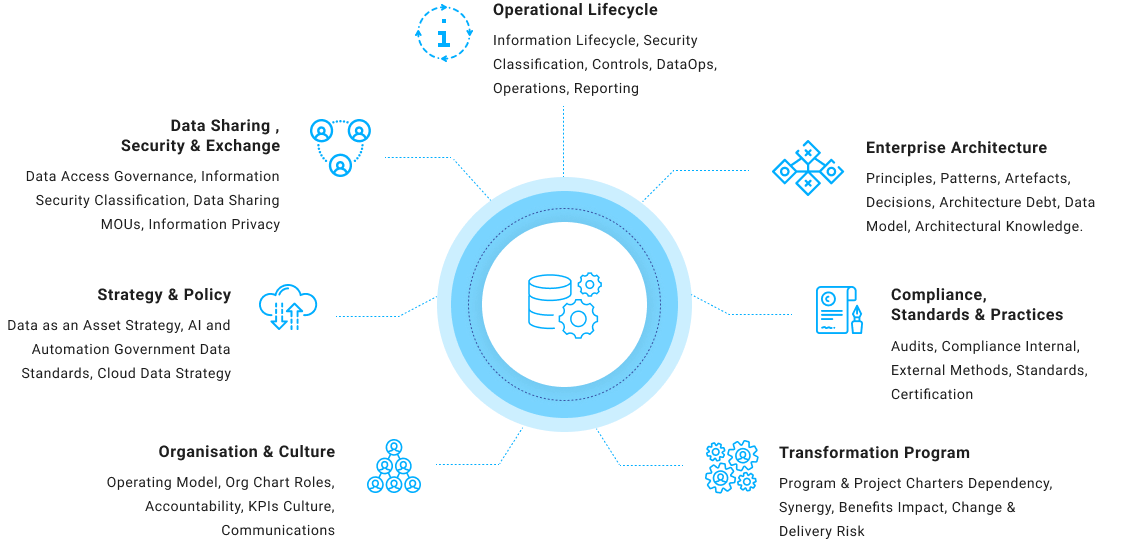
How can I use this to create value for my organization? where so I start and perhaps more importantly how can I do this to achieve a strong result? "
____ The Challenge
“Ok, I now have clarity on the direction in which we need to head. Now that I have the blueprint, I can see the vision of how we will support and enable our business to meet its strategic objectives. I need to understand more of the key elements that help us achieve this. I’ve still got loads of legacy systems and data that I need to make sense of. Also, I don’t and can’t trust my data, and I don’t have confidence in it because we’re constantly using workarounds to meet our processes.
It’s a bit overwhelming now with the amount of data that exists. How can I use this to create value for my organization? Where do I start and perhaps more importantly, how can I do this to achieve a strong result?”
